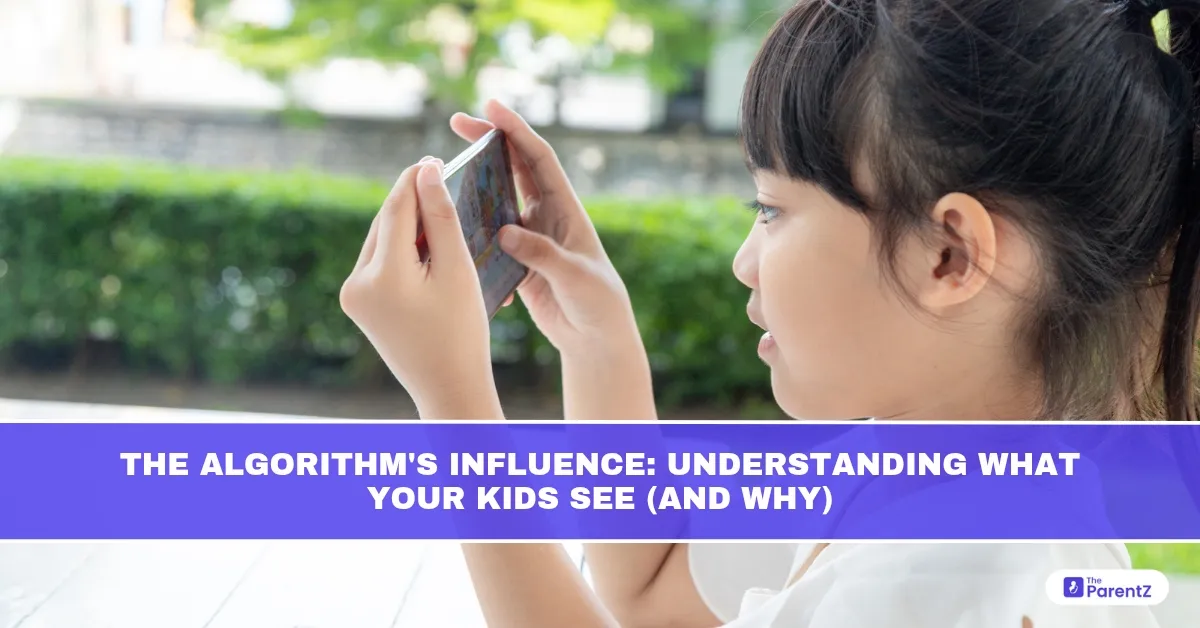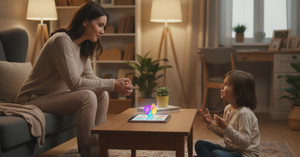You may not see it happening, but something, or rather someone, is constantly deciding what your child sees online. It’s not a teacher, a friend, or even a celebrity. It’s an algorithm.
And it knows your child better than you might think.
Whether your kid is watching funny videos on YouTube, scrolling Instagram Reels, or jumping into the TikTok rabbit hole, the content they see is anything but random. It’s tailored, calculated, and specifically served to them by systems designed to maximize engagement—and often profit.
Read this article to know how you can protect your child’s mental health, self-image, and worldview from this algorithm's influence.
What Is an Algorithm?
An algorithm is basically a set of rules or instructions that tells a platform what to show based on a user’s past behavior. Think of it as a super-smart recommendation engine.
If your child watches three slime-making videos in a row, the platform’s algorithm picks up on that and says, “Hey, let’s give them more of this!” Before long, they’re deep into an endless feed of colorful, squishy content.
Well, imagine this happening with beauty tutorials, body image content, violent gaming clips, political opinions, or even misinformation. That’s where things get complicated.
The Echo Chamber Effect
Algorithms are great at reinforcing what a user already engages with. That means if your child watches a few fitness influencers, they may soon be flooded with content that promotes extreme diets or idealized body types.
It also means they can end up in echo chambers—seeing the same kinds of views or aesthetics over and over, with little exposure to alternative perspectives. In an age where diversity of thought and critical thinking are crucial, that’s a big red flag.
The Pressure to Perform
Kids aren’t just watching content; they’re creating it. And many quickly learn what kind of content the algorithm rewards—the trends, sounds, or filters that will push their videos to more eyes.
This can lead to subtle pressure to present a version of themselves that feels more “algorithm-friendly” than authentic. And when likes and views become measures of self-worth, it’s easy for confidence to take a hit.
What You Can Do as a Parent
You can’t out-code the algorithm—but you can equip your child to navigate it mindfully.
1. Start With Conversation
Ask your child what they’re seeing online. Not just what they like, but what shows up without them asking. Help them understand that their feed is shaped by invisible forces—not fate, and definitely not objectivity.
2. Encourage Digital Curiosity
Instead of banning platforms, teach them how to use them wisely. Show them how to diversify their content, follow different voices, and critically evaluate what they consume.
3. Check Your Own Feed
Your behavior influences theirs more than you know. Reflect on your own algorithm—what you’re watching, liking, and sharing. Let them see you take control of your content instead of letting it control you.
4. Use Tools and Settings
Explore parental controls, content filters, and screen time management tools. These aren’t foolproof, but they’re helpful guardrails—especially for younger users.
Conclusion
It’s easy to focus on how many hours your child is online. But it’s just as important to look at what they’re consuming during that time.
They’re not designed to protect your child’s mental health, values, or curiosity. That’s your job. And you don’t need to be a tech expert to do it—just a parent who stays curious, stays connected, and asks the right questions.








Be the first one to comment on this story.